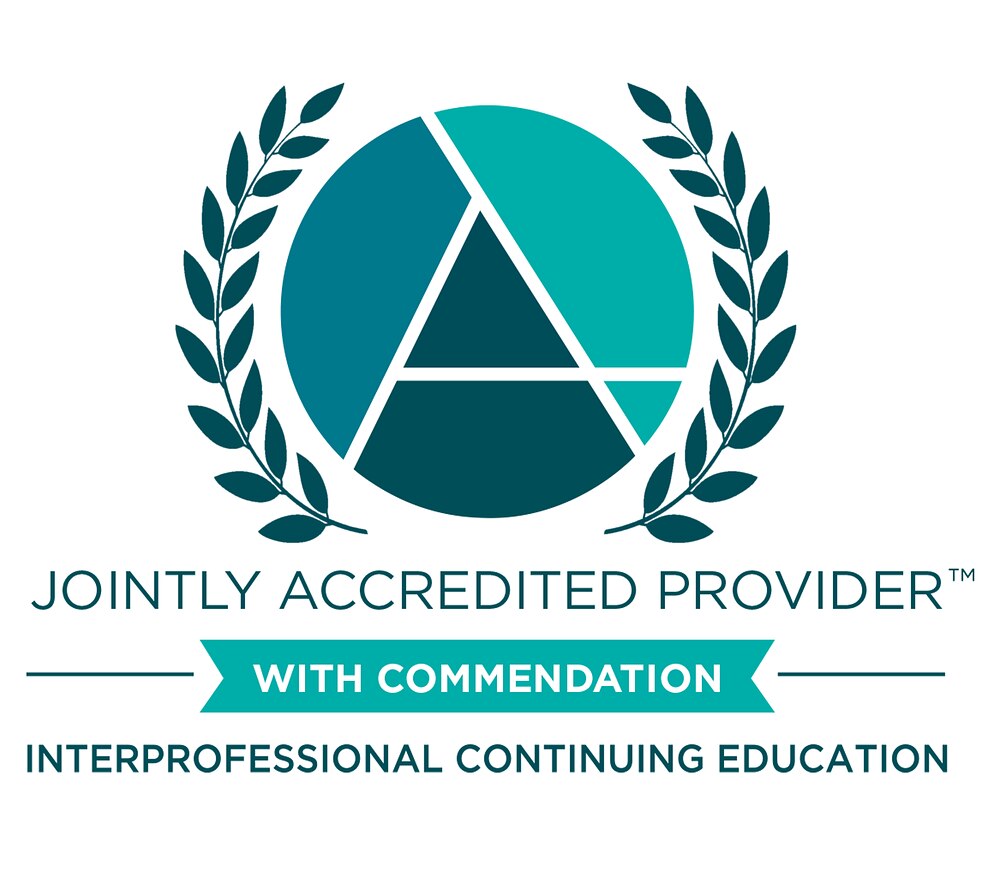The vast majority of health professions accreditation councils require interprofessional education as part of their standards or guidance (HPAC, 2020). Yet the demands of program accreditation and the varying formats of programs often make achieving interprofessional education at the highest level of Miller's model (1990) (knows how, shows how, does) challenging to implement. A higher education institution with over 25 health programs, including programs at the certificate, associate, baccalaureate, master's (entry-level and post-professional), and doctorate (entry-level and post-professional), implemented a series of co-curricular interprofessional education (IPE) offerings each term over the course of 3 academic years. All IPE learning activities were mapped to the IPEC competencies (IPEC, 2023). They were also mapped to an IPE framework designed by the institution and validated through a Delphi study. Faculty early adopters were utilized to design 6 fully online or hyflex experiences in the first year. The following year, 4 additional fully online or hyflex experiences were offered. In the third year, a total of 18 IPE co-curricular learning activities were offered to the campus community, 4 of which were offered in an asynchronous online format.
In the first year, across the 6 learning activities, 410 students across 9 programs/majors participated, with 61% participating as part of a course requirement. In the second year, the numbers grew to 510 participants across 19 programs/majors, with 62% participating voluntarily (not connected to a course requirement). In the third year, across the 18 activities, there were 790 participants across 23 programs/majors, with 65% participating as a course requirement. Results of these offerings indicate that early faculty adopters assist in spurring student engagement and subsequently snowballed into additional faculty, including the learning activities in their course requirements. Other key findings included: 1) early adopters and champions of IPE are critical, 2) programs need dedicated staff and faculty time to coordinate the experiences and to design and implement them, 3) students will show up even when it's not required, and 4) student engagement may help skeptical faculty come along to integrate activities into courses. On the student outcomes side, student perceptions of their knowledge and skills in the values and ethics aspects of the IPEC competencies are high pre-experience. Statistically significant changes in student perceptions of their knowledge and skills in communication, roles & responsibilities, and teams and teamwork have been found. Participants will gain knowledge in how to build scaffolded co-curricular IPE offerings at their institution.
In support of improving patient care, this activity is planned and implemented by The National Center for Interprofessional Practice and Education Office of Interprofessional Continuing Professional Development (National Center OICPD). The National Center OICPD is accredited by the Accreditation Council for Continuing Medical Education (ACCME), the Accreditation Council for Pharmacy Education (ACPE), and the American Nurses Credentialing Center (ANCC) to provide continuing education for the healthcare team.
As a Jointly Accredited Provider, the National Center is approved to offer social work continuing education by the Association of Social Work Boards (ASWB) Approved Continuing Education (ACE) program. Organizations, not individual courses, are approved under this program. State and provincial regulatory boards have the final authority to determine whether an individual course may be accepted for continuing education credit. The National Center maintains responsibility for this course. Social workers completing this course receive continuing education credits.
The National Center OICPD (JA#: 4008105) is approved by the Board of Certification, Inc. to provide continuing education to Athletic Trainers (ATs).
This activity was planned by and for the healthcare team, and learners will receive Interprofessional Continuing Education (IPCE) credit for learning and change.


Physicians: The National Center for Interprofessional Practice and Education designates this live activity for AMA PRA Category 1 Credits™. Physicians should only claim credit commensurate with their participation.
Physician Assistants: The American Academy of Physician Assistants (AAPA) accepts credit from organizations accredited by the ACCME.
Nurses: Participants will be awarded contact hours of credit for attendance at this workshop.
Nurse Practitioners: The American Academy of Nurse Practitioners Certification Program (AANPCP) accepts credit from organizations accredited by the ACCME and ANCC.
Pharmacists and Pharmacy Technicians: This activity is approved for contact hours.
Athletic Trainers: This program is eligible for Category A hours/CEUs. ATs should claim only those hours actually spent in the educational program.
Social Workers: As a Jointly Accredited Organization, the National Center is approved to offer social work continuing education by the Association of Social Work Boards (ASWB) Approved Continuing Education (ACE) program. Organizations, not individual courses, are approved under this program. State and provincial regulatory boards have the final authority to determine whether an individual course may be accepted for continuing education credit. The National Center maintains responsibility for this course. Social workers completing this course receive continuing education credits.
IPCE: This activity was planned by and for the healthcare team, and learners will receive Interprofessional Continuing Education (IPCE) credits for learning and change.
Learners can claim CE credit by completing the Daily Evaluation.

